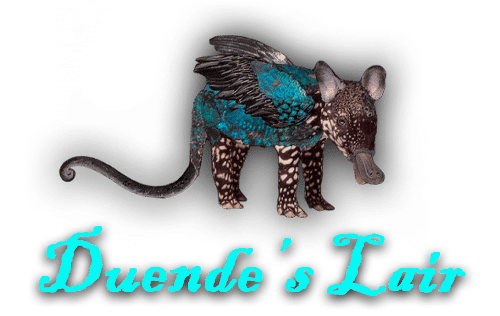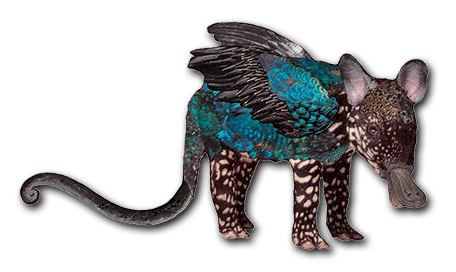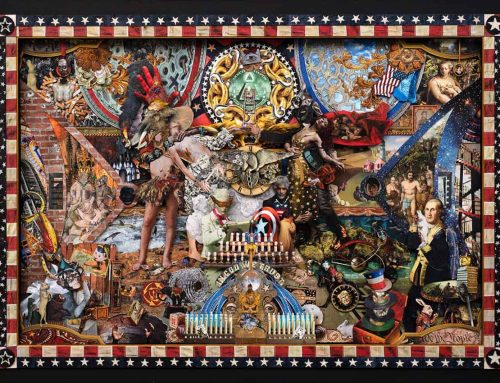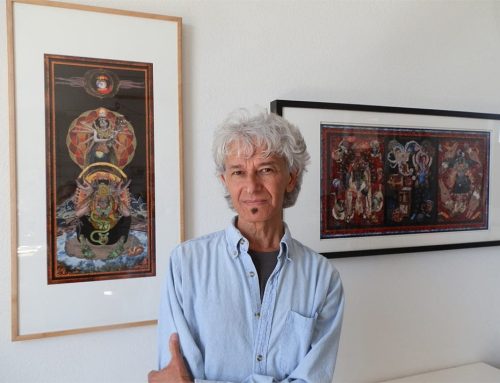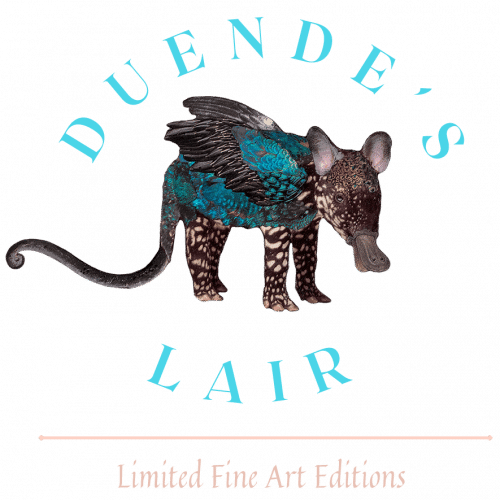The Art of Photo Collaging: Telling Stories Through Images
Photo collaging is a unique and powerful way to tell stories, blending images, textures, and materials to create narratives that are as personal as they are universal. Unlike a single photograph, a collage weaves together multiple elements, inviting viewers to interpret the relationships and layers within the piece. Through thoughtful composition and creative techniques, photo collaging allows artists to explore themes, evoke emotions, and engage audiences in a visual dialogue.
The Storytelling Power of Photo Collages
At its heart, storytelling is about connection—sharing experiences, ideas, or emotions that resonate with others. Photo collaging takes this a step further by layering different visuals to form complex, multifaceted narratives. Each element contributes to the overall story, whether it’s a photograph, a piece of text, or a textured background.
For example, a collage combining a torn map, an old family photograph, and abstract paint strokes might tell a story about heritage, travel, or memory. The viewer is invited to piece together these elements, interpreting their meaning through their own experiences. This makes photo collages a deeply personal and interactive form of storytelling.
Using Composition to Guide the Narrative
Composition plays a crucial role in storytelling through photo collages. The way images and materials are arranged on the canvas can guide the viewer’s eye, emphasize certain elements, and create a sense of flow.
- Focal Points: Establishing a focal point, such as a central image or striking color, draws the viewer’s attention and anchors the narrative.
- Balance and Contrast: Balancing light and dark, old and new, or textured and smooth elements creates visual interest and reinforces the story’s themes.
- Movement: Using lines, shapes, or repeated patterns can lead the viewer’s eye across the piece, mimicking the progression of a story.
Through intentional composition, artists can ensure that each element contributes to the overall narrative, creating a cohesive and impactful work.
The Role of Layers in Storytelling
Layering is a hallmark of photo collaging and one of its most effective storytelling tools. By adding depth through overlapping images, textures, or materials, artists can represent the complexity of their narratives.
For instance, an artist might layer translucent photos over vibrant paint splashes to suggest themes of memory or emotion. Physical layers, such as torn paper or fabric, add a tactile quality that reinforces the story’s richness.
Digital artists can also experiment with layering using tools like Photoshop or Procreate, blending images and adjusting opacity to achieve the desired effect. This flexibility allows for endless creative possibilities in crafting visual narratives.
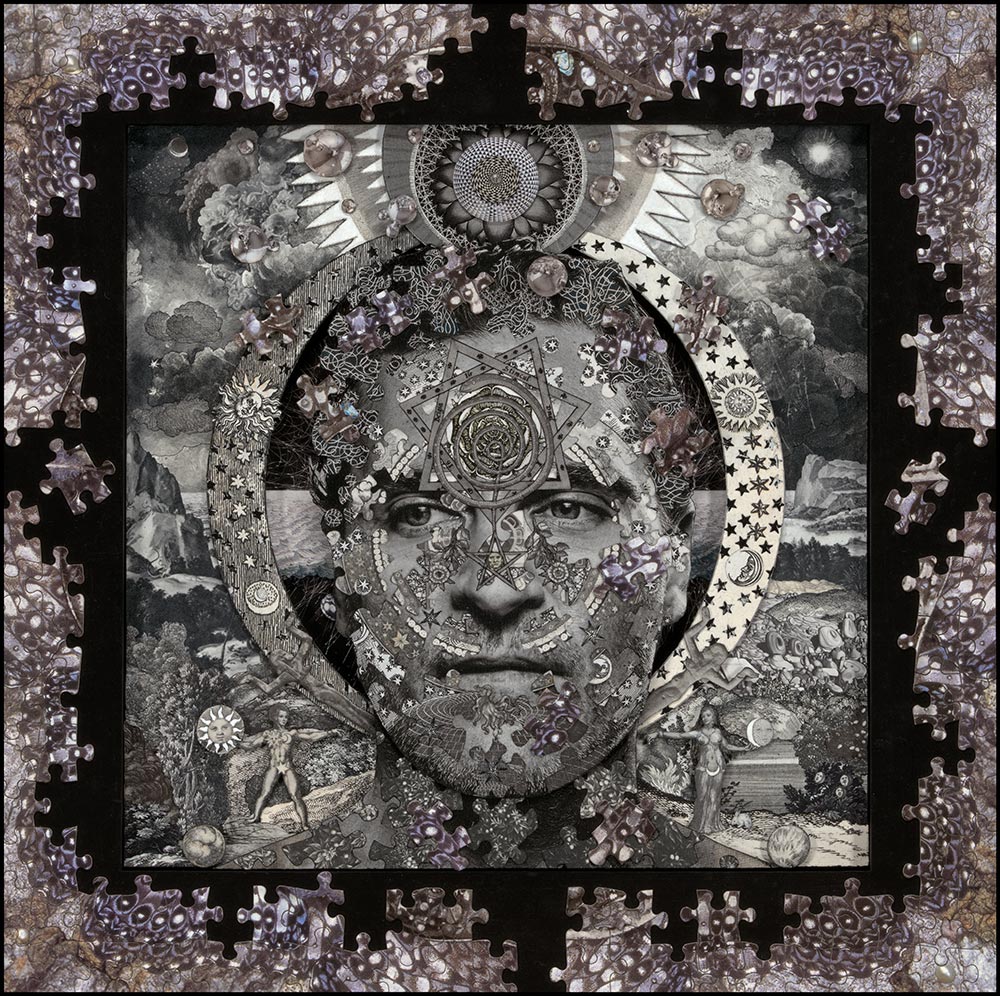
Evoking Emotions Through Color & Texture
Color and texture are powerful storytelling elements that can set the tone and evoke emotions in a photo collage.
- Color: Warm tones like reds and yellows create feelings of energy or nostalgia, while cool tones like blues and greens evoke calmness or introspection. A mix of bold and muted colors can represent contrast or conflict within the story.
- Texture: Rough, torn edges might symbolize fragility or tension, while smooth, glossy finishes suggest harmony or resolution. By varying textures, artists can create a more immersive experience for viewers.
These elements help artists convey emotions and themes that resonate on a deeper level, making the story feel more authentic and relatable.
Incorporating Symbolism
Symbolism adds depth and intrigue to photo collages, allowing artists to communicate abstract ideas or universal truths. A single image or object can carry significant meaning within a larger narrative. For example:
- Natural Elements: Leaves, flowers, or water might symbolize growth, renewal, or change.
- Man-Made Objects: Clocks or bridges could represent time, connection, or transition.
- Cultural References: Symbols from specific cultures or traditions can add layers of meaning, grounding the piece in a particular context.
By incorporating symbolic imagery, artists invite viewers to engage with the work on multiple levels, uncovering hidden meanings and interpretations.
Blending Themes for Dynamic Narratives
Photo collaging is particularly well-suited to blending multiple themes within a single work. Artists can juxtapose contrasting ideas—such as past and present, chaos and order, or nature and technology—to create dynamic, thought-provoking narratives.
For example, a collage featuring old family photographs alongside modern digital elements might explore the relationship between heritage and progress. By weaving these themes together, the artist creates a story that feels both timeless and relevant.
Digital Tools for Modern Storytelling
Advancements in digital technology have expanded the possibilities for photo collaging, making it easier than ever to experiment with storytelling. Tools like Photoshop, Procreate, or Canva allow artists to layer images, adjust colors, and add effects with precision.
- Layer Masks: These enable seamless blending of images, creating smooth transitions between elements.
- Blending Modes: Experimenting with different modes can produce unique effects, such as adding texture or altering light and shadow.
- Text and Typography: Adding words or phrases can enhance the narrative, providing context or highlighting key themes.
Digital tools also make it simple to revise and refine a collage, ensuring that the final piece fully captures the intended story.
Telling Stories That Resonate
The art of photo collaging is a celebration of storytelling through visual language. By layering images, playing with composition, and incorporating symbolism, artists can create works that speak to the viewer’s imagination and emotions.
Each collage tells a unique story, inviting audiences to interpret and connect with its themes in their own way. Whether exploring deeply personal narratives or universal ideas, photo collaging offers endless opportunities for creative expression.
For artists looking to push the boundaries of storytelling, photo collaging is more than a technique—it’s a way to bring stories to life through the power of images.
